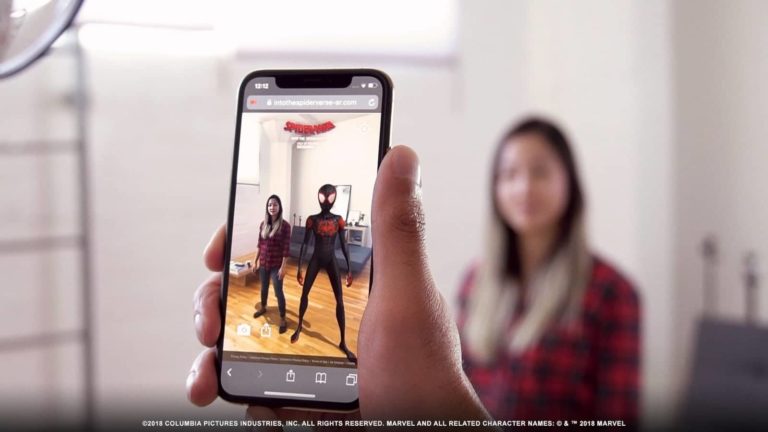
One of the marks of platforms is cultivating developer communities. At a basic level, that’s inherent in a given platform itself, and the tools it offers to enable third-party innovation. But as platforms mature, they do more to actively build community and incentivize creation.
8th Wall crossed one of those milestones last week with the launch of its Partner Program. This is a global directory of agencies and creative studios that are deemed proficient in building AR experiences with 8th Wall. It positions them to brand marketers as recommended shops.
As a corollary to the Partner Program, 8th Wall has also launched Public Profiles. This is a sort of LinkedIn for 8th Wall developers to profile their work and to network directly with brands. Those brands can conversely streamline and standardize their process of evaluating developers.
The thought in all of the above is to attract developers to 8th Wall and incentivize them through a path to paid work with brand marketers. The program likewise lowers barriers for the same brands to adopt AR, which in turn funnels cash into the AR economy to fuel and fund developers.
Underlying Principle
Backing up for those unfamiliar, 8th Wall is a developer platform that’s meant to democratize AR. True to that underlying principle, it focuses on Web AR which sidesteps the need for app downloads that create friction for users and diminished scale for creators.
As our research arm ARtillery Intelligence examined in its latest report, these web AR advantages stem from its delivery through the ubiquitous mobile browser. Consumers are less likely to spend 90 seconds downloading an app for an experience that lasts 30 seconds.
These principles are gaining traction, given the number of brand marketers that choose the web AR route versus native apps or social AR ad campaigns (though some rightly do all of the above). That list of brands includes everyone from Miller Lite to CB2 to Ally Bank.
Back to the partner program, it’s just the latest in 8th Wall’s moves to attract developers, agencies, and brands. It continues to expand its functionality including face effects, tracking on curved surfaces, world tracking, and ongoing nuts & bolts improvements such as frame rates.
But most of all, 8th wall has worked hard to ensure that it works on commodity hardware. These efforts have launched web AR to the largest mobile AR platform at 3.1 billion devices. This translates to addressable market and greater scale — the biggest developer draw of all.
“8th Wall has enabled [us] to deliver innovative and effective AR, from AR games on 440 million cereal boxes to the world’s first AR on Spotify,” said Powster CEO & founder Ste Thompson.
Path to Platform Growth
Back to the broader trend of platform evolution and the move towards community-building tools, another place we’ve seen this play out is with the king of consumer AR: Snap. It continues to double down on the functionality of its Lens Studio platform to attract AR creators.
In fact, a few of its past moves resemble 8th Wall’s latest milestone, including creator profiles and a Lens Creator Marketplace. This isn’t to say that 8th Wall is being derivative but that it’s following in the right steps of one of the world’s most prolific AR creator communities.
If we were to extrapolate 8th Wall’s next moves through that same lens (excuse the pun), the list might include hand & body templates, geolocated AR (Landmarkers & Local Lenses), a Snap ML-like toolkit and LiDAR support. The latter is harder to integrate with Web AR.
The main point is that embracing and accommodating developers can be a path towards platform growth. Though Snap and 8th Wall are apples and oranges in their broader businesses and revenue models, they do have a common goal in attracting and incentivizing developers.
For Snap, this goal kicks off its AR flywheel effect: Lens libraries attract users and engagement. A growing audience then attracts more lens developers which further expands the library and, in turn, more users. And all of the above attracts the real endgame: advertisers.
For 8th Wall, the calculus is a bit different as it doesn’t operate a self-contained ad network, but rather an AR creation engine. Accordingly, the name of the game is to grow web AR capabilities, consumer traction, developers, and brand adoption, which all ratchet up together.






